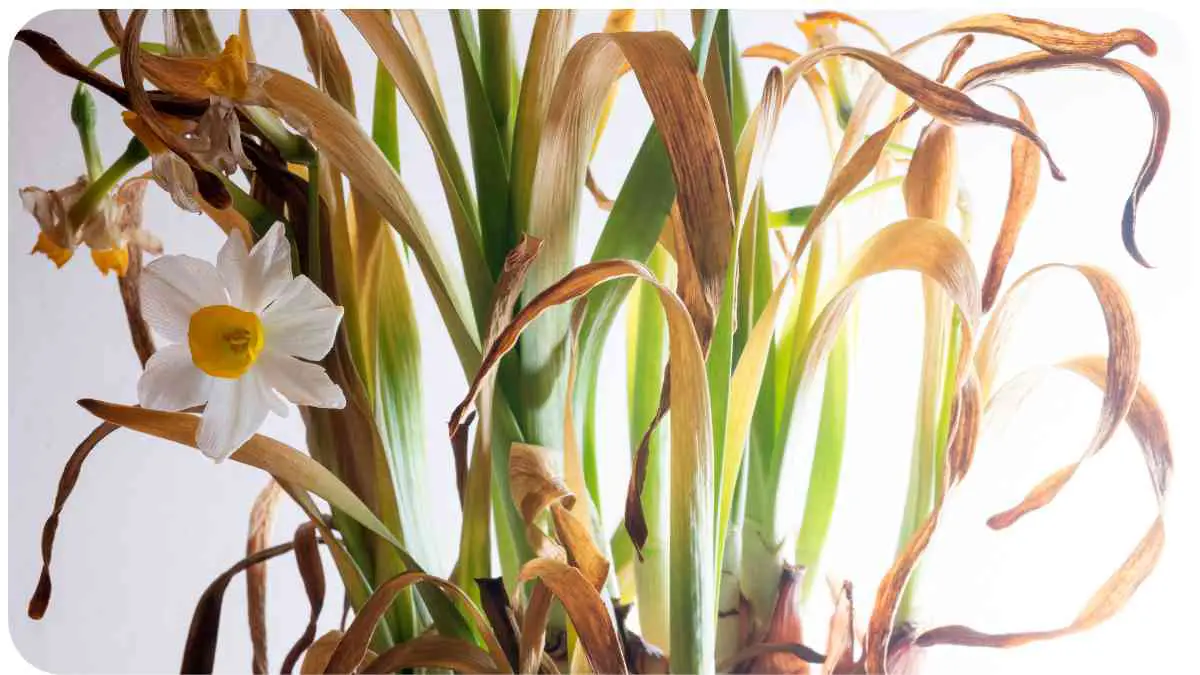Welcome to the world of daffodils, where vibrant blooms can brighten up your garden. But what if your daffodils are not thriving as expected? In this comprehensive guide, we’ll delve deep into the art of daffodil care and explore why your daffodils might be withering prematurely.
Drawing upon years of personal experience and expertise in horticulture, we’ll provide you with actionable steps to ensure your daffodils flourish.
| Key Takeaways |
|---|
| 1. Understanding the signs of daffodil distress is crucial for early detection and effective troubleshooting. |
| 2. Overwatering and underwatering are common problems; adjusting your watering habits can make a significant difference. |
| 3. Soil quality plays a vital role in daffodil health; focus on improving drainage and pH levels. |
| 4. Identifying and managing pests and diseases promptly is essential for daffodil survival. |
| 5. Maintaining daffodil health throughout the seasons ensures their long-term success in your garden. |
| 6. Expert tips, personal anecdotes, and success stories provide valuable insights for daffodil enthusiasts. |
| 7. Additional resources are available for further reading and in-depth guidance on daffodil care. |
Understanding Daffodils
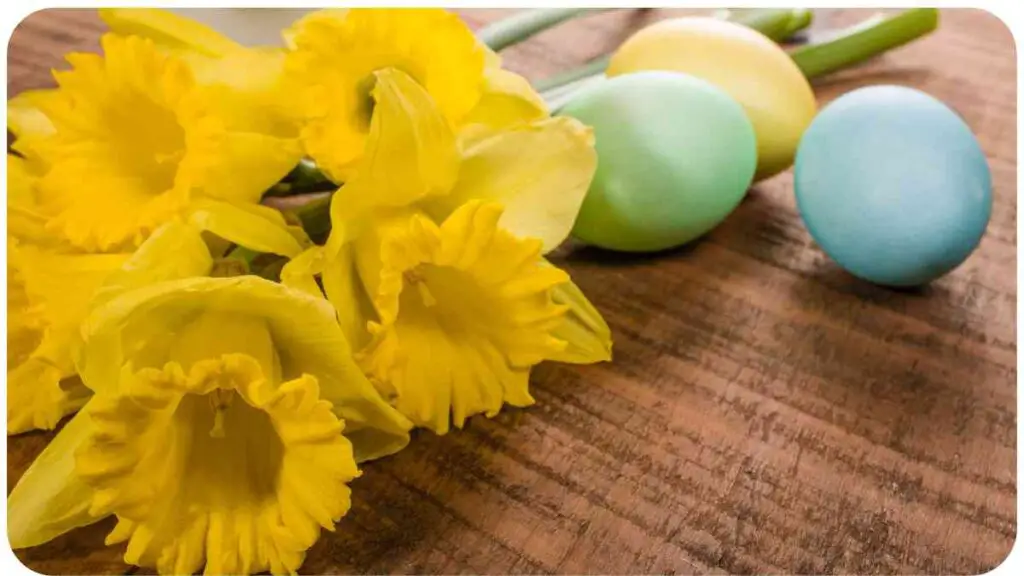
Before we troubleshoot, let’s understand the basics. Daffodils, scientifically known as Narcissus, are spring-flowering bulbs cherished for their charming, trumpet-shaped flowers. These hardy perennials can grace your garden for years, but only if they receive the care they deserve.
Table 1.1: Daffodil Varieties and Bloom Times
| Variety | Bloom Time |
| Trumpet Daffodils | Early to Mid-Spring |
| Large-Cupped Daffodils | Mid-Spring |
| Small-Cupped Daffodils | Late Spring |
| Double Daffodils | Late Spring |
Signs of Daffodil Trouble
As a daffodil enthusiast, it’s crucial to recognize when your plants are in distress. Early detection is the key to preventing further damage.
If you’re a pet owner, it’s crucial to know if dandelions can harm dogs. Learn how to keep your furry friend safe around these yellow blooms.
Table 3.1: Common Signs of Daffodil Stress
| Sign | Description |
| Yellowing Leaves | Leaves turning pale or yellow. |
| Wilting Stems | Drooping or weak stems. |
| Lack of Blooms | Few or no flowers despite healthy foliage. |
| Pest Damage | Visible insect infestations. |
| Rotting Bulbs | Soft, decaying bulbs in the soil. |
Common Daffodil Problems
Overwatering
Overenthusiastic watering can lead to daffodil demise. I’ve been there myself, eager to nurture my plants, but sometimes less is more.
Table 4.1: Signs of Overwatering and Solutions
| Sign | Solution |
| Waterlogged Soil | Improve drainage by amending soil. |
| Yellowing Leaves | Reduce watering frequency. |
| Rotting Bulbs | Dig up affected bulbs, let them dry. |
Underwatering
On the flip side, neglecting your daffodils is equally harmful. They need consistent moisture, especially during their growth phase.
Table 4.2: Signs of Underwatering and Solutions
| Sign | Solution |
| Wilting Stems | Increase watering frequency. |
| Shriveling Bulbs | Soak bulbs in water before planting. |
| Sparse Blooms | Water deeply but avoid waterlogging. |
Soil Issues
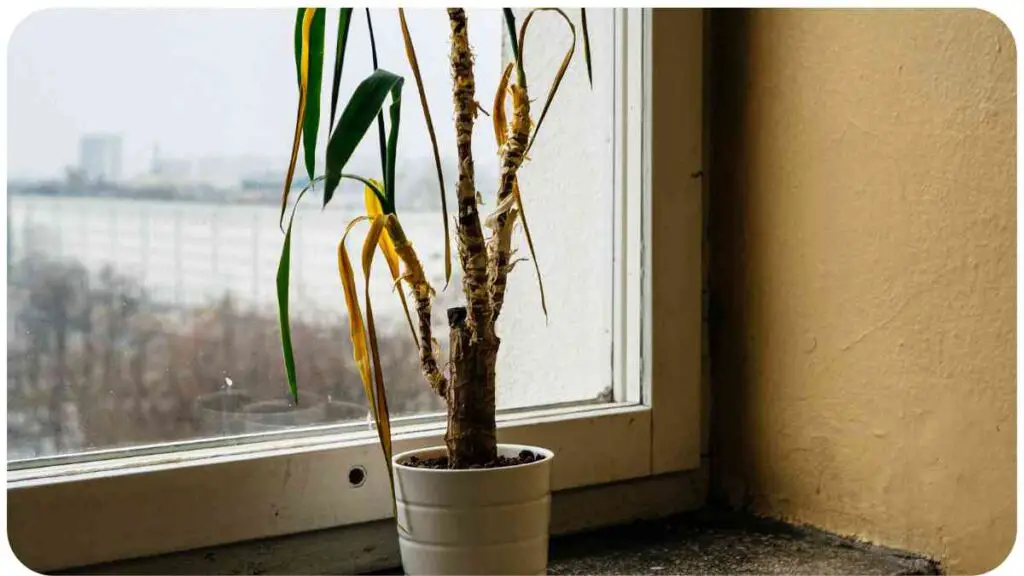
Daffodils are particular about their soil, and the wrong type can spell trouble. Let’s explore some soil-related problems and how to address them.
Gardeners often wonder, Are coffee grounds beneficial for their flowers? Discover the secret to enhancing your garden with this natural ingredient
Table 4.3: Soil-Related Daffodil Problems and Solutions
| Problem | Solution |
| Poor Drainage | Add organic matter to improve soil structure. |
| Wrong pH Levels | Test soil pH and adjust with lime or sulfur. |
| Nutrient Deficiency | Apply a balanced fertilizer with micronutrients. |
Pest Infestations
Garden pests can wreak havoc on daffodils. Identifying and dealing with these intruders is essential for daffodil health.
Table 4.4: Common Daffodil Pests and Control Measures
| Pest | Control Measures |
| Aphids | Use neem oil or insecticidal soap. |
| Slugs and Snails | Set up barriers or use slug pellets. |
| Deer and Rodents | Install fencing or use repellents. |
Disease
Diseases can be a silent killer in the daffodil world. Let’s look at some common ailments and how to combat them.
Table 4.5: Daffodil Diseases and Treatment
| Disease | Treatment |
| Bulb Rot | Remove affected bulbs and improve drainage. |
| Leaf Scorch | Prune affected leaves and avoid overhead watering. |
| Yellow Stripe Virus | Isolate infected plants to prevent spread. |
Diagnosing the Issue
Visual Inspection
When your daffodils appear unwell, your first task is to visually inspect them. Take a close look at the leaves, stems, and blooms.
Curious about feng shui and gardening? Explore whether fake flowers affect energy in your space and how to maintain a harmonious garden
Table 5.1: Visual Clues for Daffodil Troubleshooting
| Symptom | Possible Issue |
| Yellowing Leaves | Could indicate overwatering or nutrient deficiency. |
| Wilting Stems | May be due to underwatering or pest damage. |
| Sparse Blooms | Poor soil quality or pest infestations could be the cause. |
Soil Testing
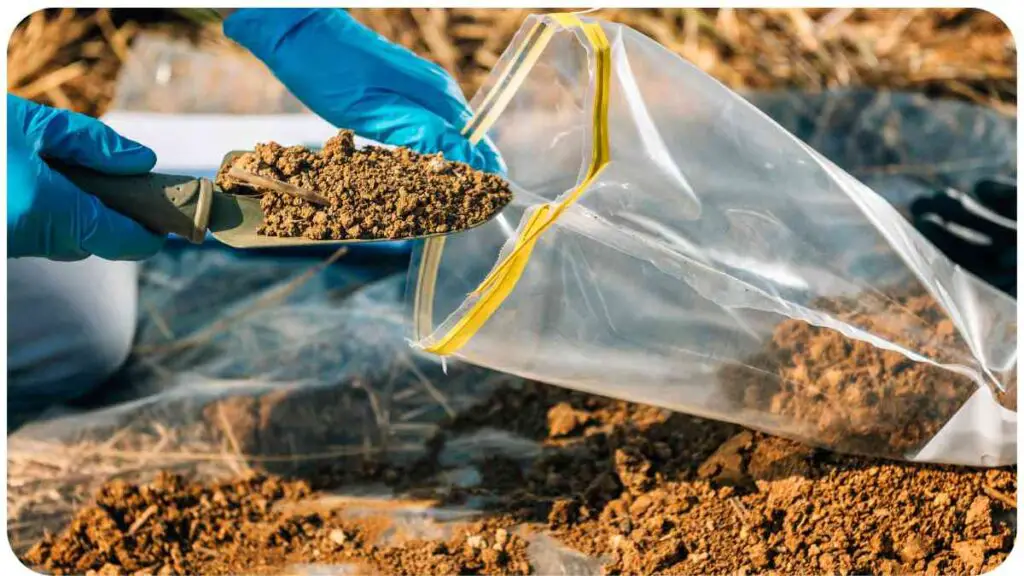
To get to the root of the problem, quite literally, it’s important to assess your soil’s condition.
Table 5.2: Soil Testing and Interpretation
| Test | Soil Condition |
| Drainage Test | Poor drainage may lead to root rot. |
| pH Test | The wrong pH can affect nutrient uptake. |
| Nutrient Analysis | Nutrient deficiencies can hinder growth. |
Pest Identification
Identifying the culprits responsible for your daffodil distress is crucial for effective pest management.
Table 5.3: Common Daffodil Pests and Their Characteristics
| Pest | Characteristics |
| Aphids | Tiny, soft-bodied insects, usually green or yellow. |
| Slugs and Snails | Slimy mollusks that leave slime trails. |
| Deer and Rodents | Evidence of nibbled leaves and stems. |
Disease Symptoms
Understanding the symptoms of daffodil diseases can help you take swift action.
Calendulas are beautiful, but what do you know about this unique flower? Discover the characteristics and uses of the calendula flower.
Table 5.4: Symptoms of Daffodil Diseases
| Disease | Symptoms |
| Bulb Rot | Soft, mushy bulbs with a foul odor. |
| Leaf Scorch | Brown, scorched-looking leaf tips and edges. |
| Yellow Stripe Virus | Yellow streaks or stripes on leaves. |
Solutions for Healthy Daffodils
Adjusting Watering Habits
Watering is a balancing act. Here are some tips to ensure you get it just right.
Table 6.1: Watering Tips for Daffodils
| Tip | Description |
| Water at the Base | Avoid wetting the leaves to prevent disease. |
| Use a Soaker Hose | Ensures deep, consistent watering. |
| Mulch Around Plants | Retains soil moisture and deters pests. |
Soil Improvement
Healthy soil equals healthy daffodils. Let’s discuss ways to enhance your soil quality.
Table 6.2: Soil Improvement Techniques
| Technique | Benefits |
| Adding Compost | Enriches soil with nutrients and improves structure. |
| Amending for Drainage | Prevents waterlogging and root rot. |
| Adjusting pH | Ensures optimal nutrient uptake. |
Pest Management
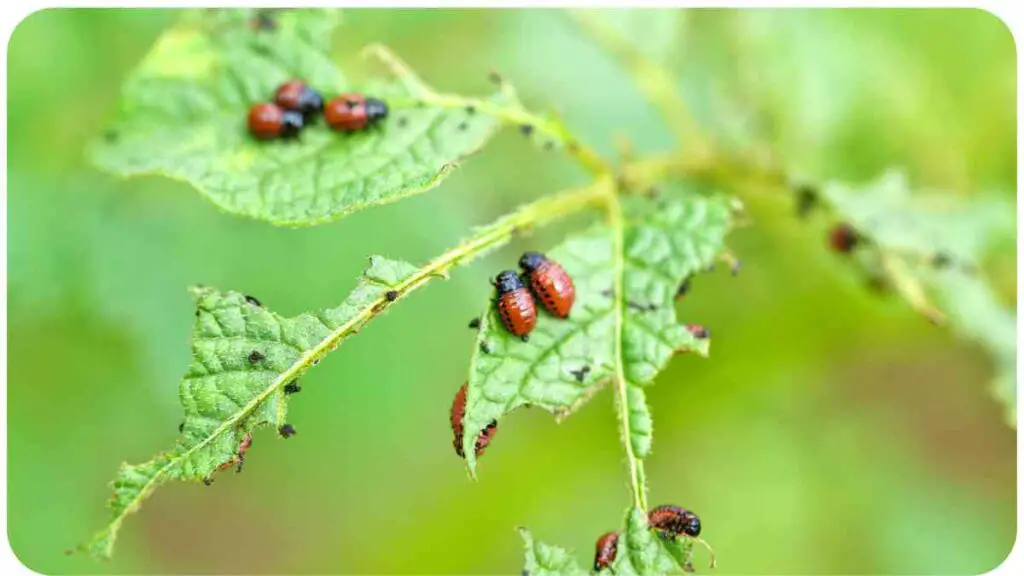
Dealing with garden pests requires a strategic approach. Let’s explore effective methods for pest control.
Table 6.3: Pest Management Techniques
| Technique | Description |
| Neem Oil Spray | Acts as a natural insect repellent. |
| Beer Traps for Slugs | Lures and traps slugs and snails. |
| Repellents for Deer | Various sprays and barriers to deter deer. |
Disease Control
Protecting your daffodils from diseases is crucial. Here’s how to keep them healthy.
Facing issues with pesticides in your garden? Learn how to combat pesticide burn with organic remedies and nurture your garden naturally
Table 6.4: Disease Control Measures
| Measure | Description |
| Remove Infected Bulbs | Isolate and dispose of infected bulbs. |
| Pruning Affected Leaves | Trim and discard leaves showing disease symptoms. |
| Isolation and Monitoring | Prevent spread by isolating infected plants. |
Maintaining Daffodil Health
Once your daffodils are on the road to recovery, it’s vital to maintain their well-being.
Table 7.1: Seasonal Daffodil Care
| Season | Care Tasks |
| Spring | Deadhead spent blooms and fertilize after flowering. |
| Summer | Allow foliage to die back naturally; continue watering. |
| Fall | Plant new bulbs and mulch for winter protection. |
| Winter | Monitor for signs of disease and pests; avoid overwatering. |
Expert Tips for Daffodil Care
As a seasoned daffodil enthusiast, I’d like to share some expert tips to ensure your daffodils thrive.
Table 8.1: Expert Tips for Daffodil Success
| Tip | Description |
| Group Planting | Plant daffodils in clusters for a stunning display. |
| Naturalizing | Let daffodils spread naturally for a woodland look. |
| Companion Planting | Pair daffodils with other bulbs for extended blooms. |
Conclusion
In conclusion, daffodil care can be a rewarding endeavor with the right knowledge and practices. By understanding the signs of trouble, diagnosing issues effectively, and implementing the solutions provided, you can enjoy the beauty of healthy daffodils in your garden year after year.
Remember, your expertise as a daffodil enthusiast will only grow with time, and your blooms will be a testament to your dedication and care. Happy gardening!
Further Reading
Here are some additional resources to help you further explore daffodil care and troubleshooting:
- Daffodils Not Flowering?: Discover common reasons why your daffodils might not be blooming and find expert tips on how to encourage flowering.
- Daffodil Bulbs Questions & Answers: Get answers to frequently asked questions about daffodil bulbs, including planting tips and maintenance advice.
- Planting and Growing Daffodils: Learn comprehensive information about planting and nurturing daffodils to ensure they thrive in your garden.
FAQs
How deep should I plant daffodil bulbs?
Daffodil bulbs should be planted about 6-8 inches deep in well-draining soil.
When is the best time to plant daffodil bulbs?
The ideal time to plant daffodil bulbs is in the fall, before the ground freezes.
Do daffodils need full sun?
Yes, daffodils thrive in full sun to partial shade, although they perform best with at least 6 hours of sunlight per day.
How do I prevent pests from attacking my daffodils?
To deter pests, you can use natural repellents like neem oil or install physical barriers such as fencing.
Can I cut daffodil foliage after flowering?
It’s best to leave daffodil foliage intact until it turns yellow and withers naturally. This allows the bulb to store energy for the next season’s growth.

I am Hellen James, a landscape architect. For many years I have written about landscaping for various publications; however, recently decided to focus my writing on personal experience as a profession.

